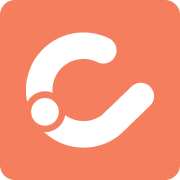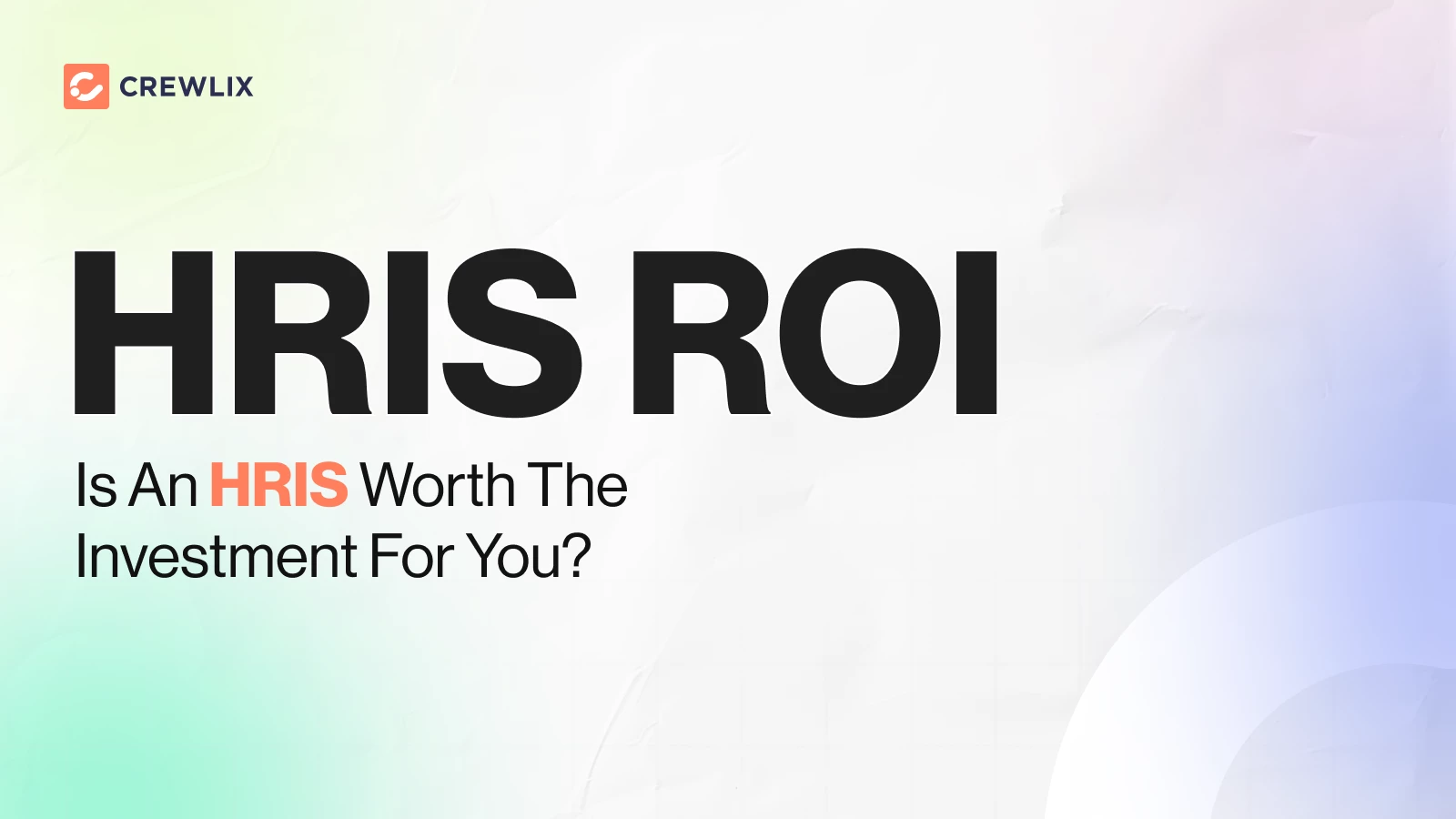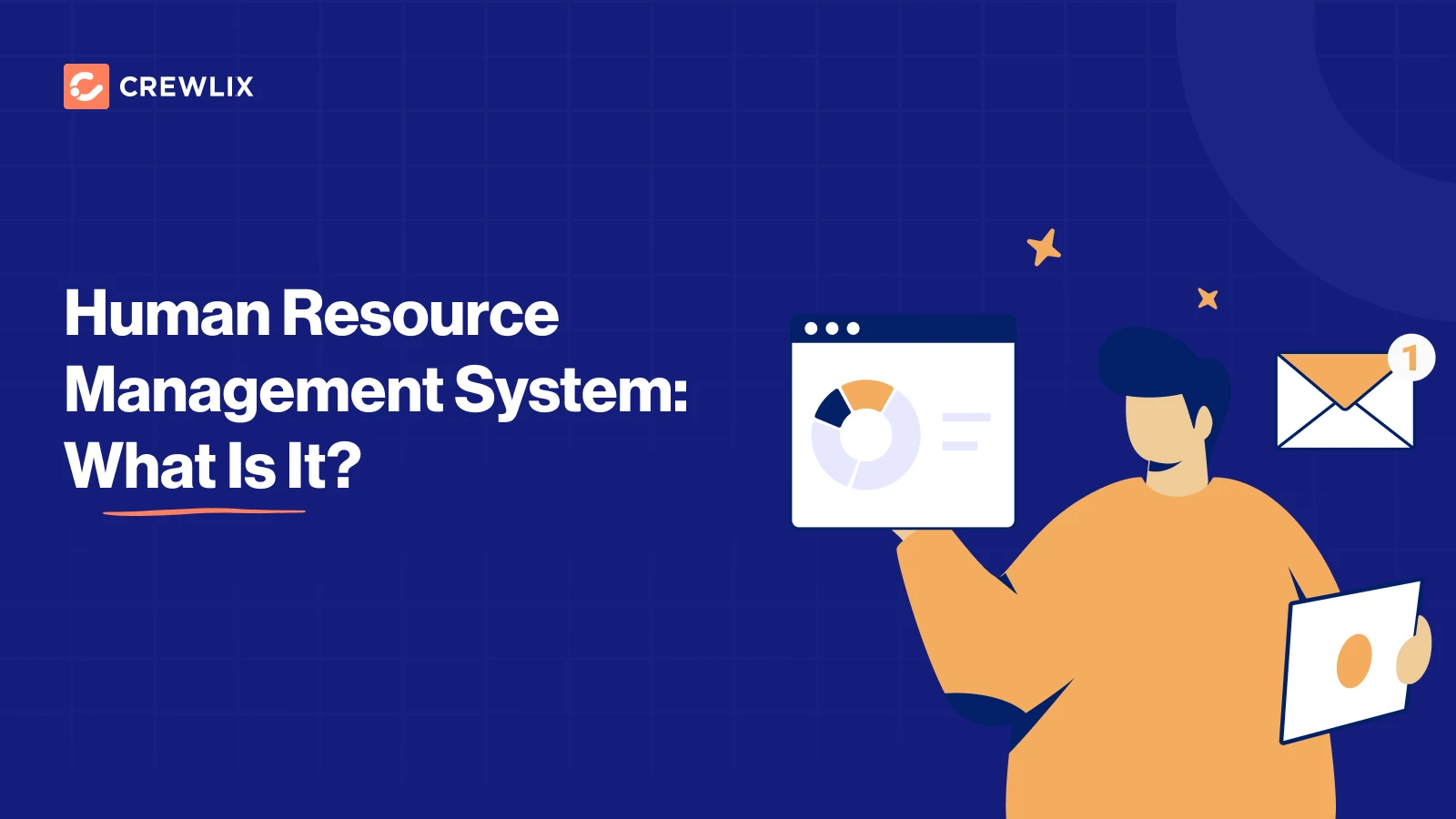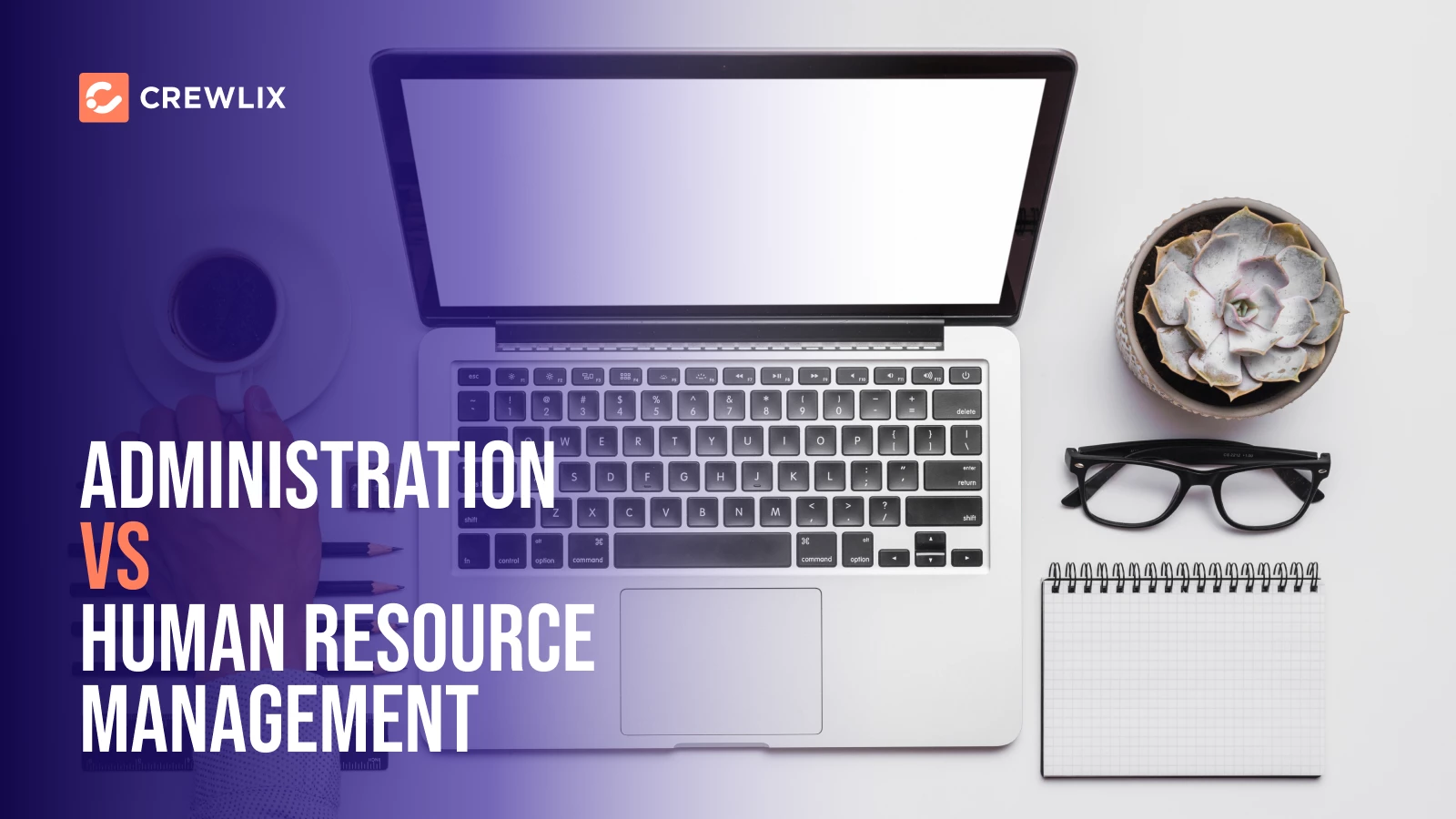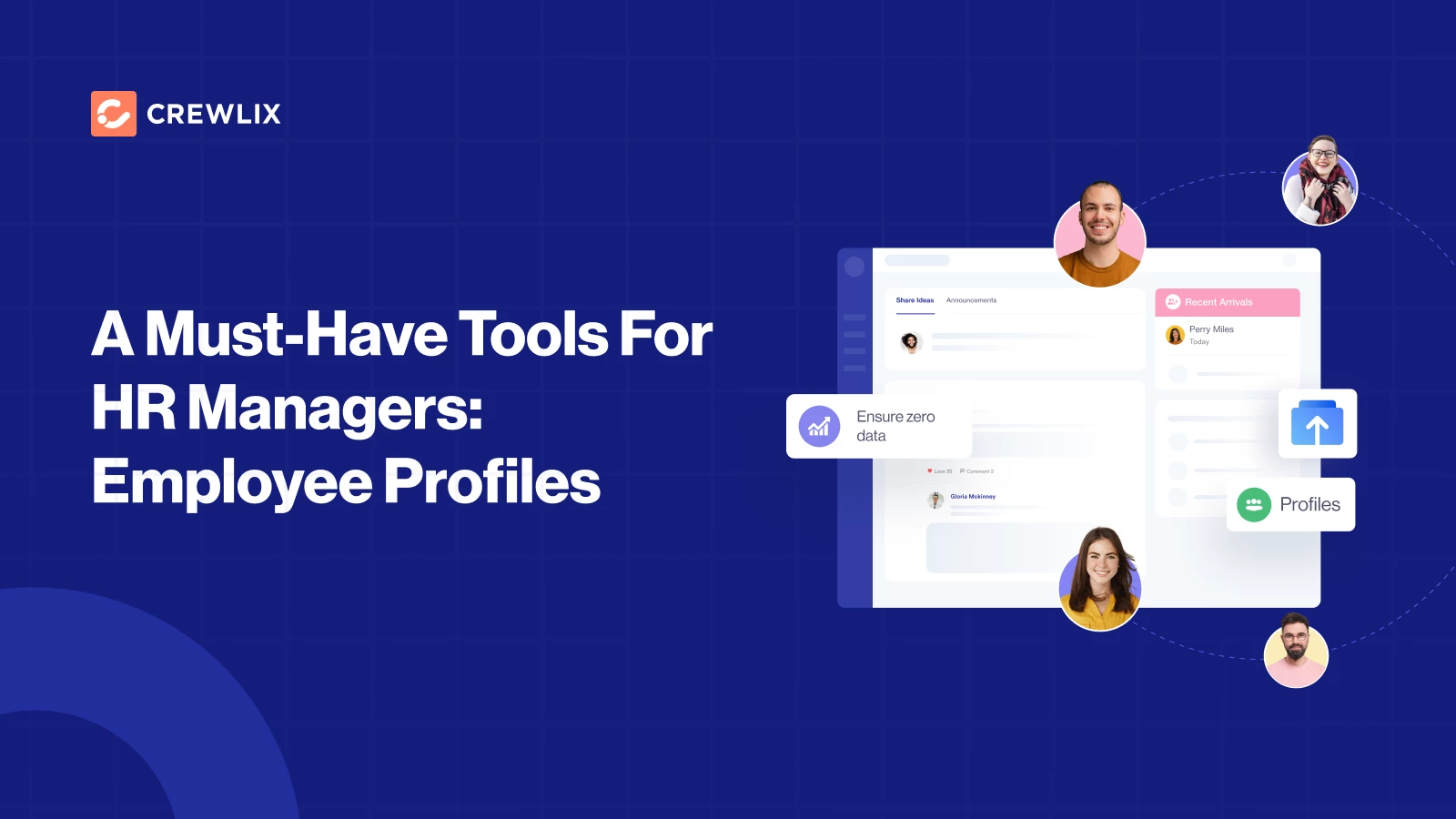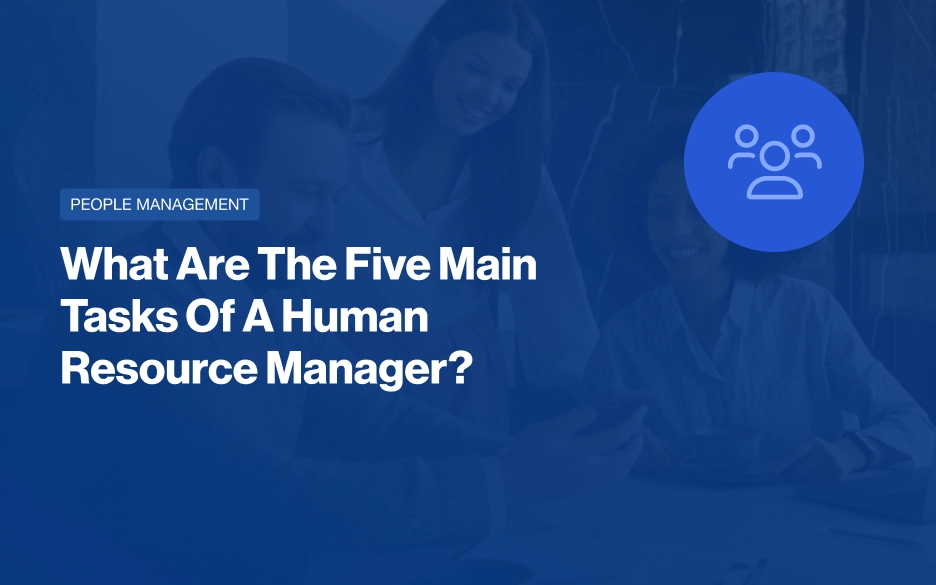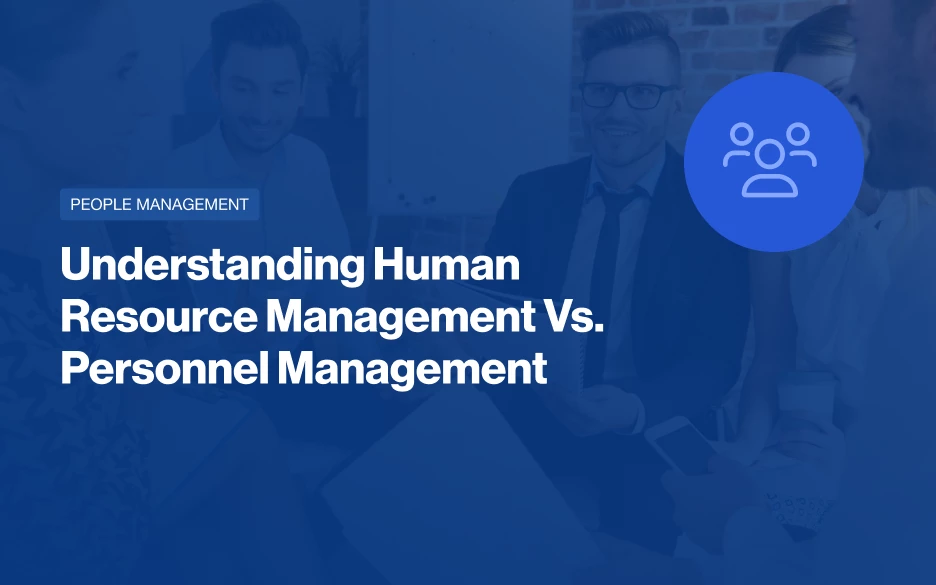To develop new strategies and make informed decisions, businesses require precise information that reduces risk. In this context, information management software plays a crucial role in enhancing business growth.
CRM (Customer Relationship Management) and HRM (Human Resource Management) software stand out as key tools in the realm of information management programs.
So, what is CRM and HRM software? Essentially, they are automated tools designed to expedite the sharing of information across different divisions. Additionally, they reduce the impact of human error and automate everyday tasks to enhance efficiency. For sustained growth and success, it is essential for a business to implement CRM and HRM software systems.
Read More: What Is The Difference Between HRIS And HRM?
What Is CRM And HRM Software?
CRM (Customer Relationship Management) and HRM (Human Resource Management) software are specialized tools designed to streamline and enhance specific functions within a business.
CRM (Customer Relationship Management) Software
Customer Relationship Management (CRM) is a technology-driven approach to managing a company’s interactions with current and potential customers. It is a multifaceted tool primarily used for sales management, contact management, productivity, and more.
Beyond automation, it enables businesses to infuse personalization into interactions. CRM turns data into meaningful relationships. Successful CRM implementation involves understanding human behaviors and preferences and the art of creating genuine connections.
HRM (Human Resource Management) Software
Human Resource Management (HRM) is a comprehensive approach to managing people and workplace culture and environment. It is a central business function that involves overseeing all aspects of employee management, including recruitment, training, development, and performance management.
HRM is vital for maintaining effective employee relations and ensuring the alignment of human resource policies with overall business strategy.
It involves understanding the nuanced nature of employee relations and designing performance management systems that resonate with organizational culture. Furthermore, HRM is responsible for navigating the complexities of HR compliance.
What Are CRM And HRM Softwares Used For?
Software for HRM and CRM has distinct uses, but they both contribute to the same objective. The purpose is to streamline and optimize workforce-related tasks.
Here’s a breakdown of what CRM and HRM software is used for-
Key Functions of CRM
Boosting Sales and Revenue:
- Streamling lead generation and conversion
- Organizing customer interactions and data for targeted marketing
- Providing detailed customer history and preferences
- Improves customer retention and repeat business
- Automating various routine tasks, improving efficiency
Enhancing Customer Relationships:
- Storing customer information such as contact details, demographics, and transaction history, making it easily accessible
- Enables faster response rates and issue resolution
- Builds stronger customer relationships and loyalty through streamline retargeting
Improving Operational Efficiency:
- Automates tasks and reduces paperwork
- It reduces administrative costs and saves time
- It makes strategic decision-making and data-driven insights possible
Key Functions Of HRM Software
HRM is a multifaceted and dynamic field that plays a critical role in the success of an organization. Here are some of the key benefits discussed-
Empowering Employees and Increasing Productivity:
- Streamlines recruitment and onboarding
- Designing and managing salary structures, bonus programs, and benefits plans.
- Facilitates performance management and feedback
- Provides training and development opportunities
- Improves employee engagement and morale
Reducing Costs and Boosting Efficiency:
- Automates HR tasks and minimizes paperwork
- Improves data accuracy and compliance
- Reduces administrative overhead and saves time
- Allows for strategic HR planning and decision-making
Strengthening the Workforce:
- Identifies staffing needs, attracting the right talent, and selecting candidates who fit both the job and company culture
- Manages training and development programs
- Sets performance standards, evaluates employee performance, and rewards them
- Ensures a safe work environment and promotes the physical and mental well-being of employees
What are CRM and HRM Software Examples?
In the current market landscape, various readily available software, such as CRM and HRM solutions, presents budget-friendly alternatives. Opting for these standardized products is more economical than investing in a tailor-made program.
Nevertheless, if your business requires a distinctive approach and off-the-shelf solutions fall short, developing a program from the ground up might offer a more cost-effective solution. Whenever possible, avoid seeking inexpensive options, since meager development costs may indicate a lack of professionalism.
CRM Software Examples:
- Salesforce: Boost your sales, improve customer service, and make marketing more effective. This CRM platform simplifies your workflow, making tasks more manageable.
- HubSpot CRM: Provides a user-friendly experience while efficiently managing contacts, enhancing your email marketing, and keeping a close eye on leads.
- Microsoft Dynamics 365: Get a comprehensive view of customer interactions. This CRM-ERP combo ensures a unified strategy for engaging with customers.
- Zoho CRM: Known for its affordability and customization options.
HRM Software Examples:
- Workday: This cloud-based platform makes managing HR tasks a breeze, offering comprehensive solutions for payroll, recruitment, and managing employee performance.
- Crewlix: Crewlix is a user-friendly people management software crafted to elevate productivity and enrich workplace culture. This comprehensive HR solution streamlines daily HR tasks through automation, ensuring a focus on the human element. It’s an ideal choice for small and medium-sized enterprises.
- BambooHR: Efficiently handle HR processes with BambooHR, from onboarding and time tracking to administering benefits, contributing to a more streamlined workplace experience.
- Oracle HCM Cloud: Strategically manage your workforce with Oracle HCM Cloud. This HRM suite encompasses everything from workforce planning and talent management to fostering employee growth and operational efficiency.
What Are The Differences Between CRM and HRM Software?
CRM software focuses on managing customer relationships and enhancing sales and marketing efforts, while HRM software is geared towards internal employee management, handling recruitment, performance, and payroll tasks. Essentially, CRM targets customer interactions, whereas HRM centers on employee administration.
Focus and Goals:
- CRM: Strategically, CRM software aims to optimize client relationships, not just acquire and manage them. Beyond conventional goals, it increasingly focuses on predictive analytics to foresee customer needs and enhance strategic decision-making.
- HRM: Modern HRM software goes beyond traditional goals of workforce management. It’s evolving to incorporate predictive analytics. HRM software aligns workforce capabilities with future business needs, ensuring a proactive approach to human resource planning.
Core Features:
- CRM: Advanced CRM features include AI-driven predictive analytics, sentiment analysis, and automated customer journey mapping. These features enable companies to predict customer behavior and personalize interactions more accurately.
- HRM: HRM software includes features like predictive workforce analytics, real-time employee sentiment tracking, and AI-assisted talent management. This facilitates strategic HR planning and ensures the right skills are in place for future business demands.
Data Focus:
- CRM: Advanced CRM delves into deeper customer insights, leveraging not just demographic and transactional data but also psychographic data. This nuanced understanding allows for hyper-personalized marketing strategies.
- HRM: HRM focuses on advanced people analytics, considering skills and performance, employee sentiments, and cultural fit.
Integration Potential:
- CRM: Advanced CRM seamlessly integrates with marketing and sales tools and advanced AI-driven systems for customer behavior prediction and automated decision-making.
- HRM: Sophisticated HRM integrates with broader business intelligence tools, creating a cohesive ecosystem where workforce insights contribute directly to strategic decision-making.
- CRM: Beyond traditional impacts, advanced CRM significantly contributes to a company’s ability to foresee market trends, innovate products, and proactively adapt to changing customer preferences.
Impact on Business:
- HRM: HRM’s impact extends to fostering innovation by ensuring the right talent is in place for future business needs. It becomes a strategic driver, aligning workforce capabilities with the organization’s long-term goals.
Final Thoughts
If you run a business, you must incorporate CRM and HRM to focus on customer interaction and boost sales.
CRM is a master at coordinating consumer interactions Simultaneously, HRM, the backbone of workforce management, goes beyond routine tasks to shape a positive workplace culture.
With CRM and HRM data working together, you can make informed decisions and personalize experiences like never before.

